
When you join the backyard chicken movement, you find yourself doing things you never thought you would be doing. Things like massaging a hen’s breast that has an impacted crop, carefully cleaning poop off of a fluffy little chick’s bottom, or running around the yard trying to get your free-range girls back in the run. Above all, there is a lot of herding chickens.
Sometimes I think whoever coined the phrase “herding cats” should have had a go with chickens.
With the wild blue yonder and all the bugs you can eat, once beyond the coop, chickens are happy to roam. Trying to get hold of one or all of your girls after you let them out of the run can be a herculean task. But it doesn’t have to be; training chickens to do simple tasks is surprisingly easy. And training your flock to come on command is probably the most important thing you can (and should) teach them.
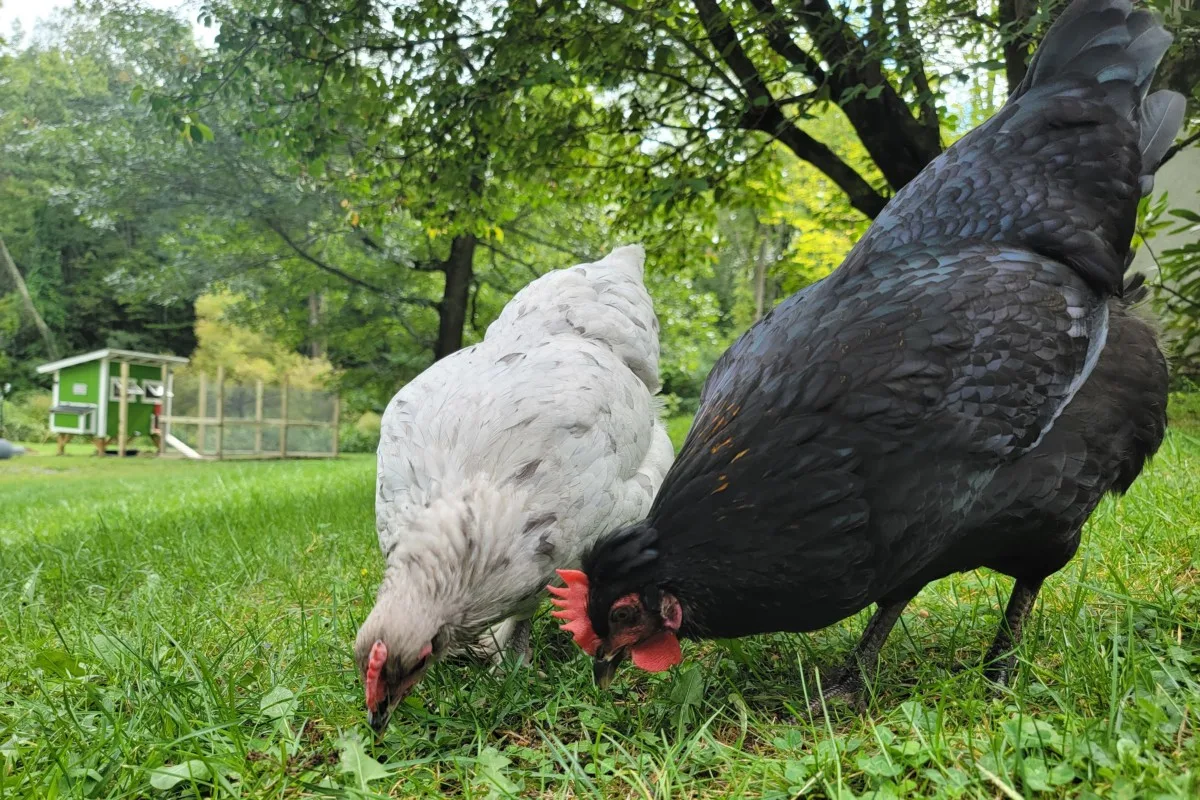
Not Just a Cute Party Trick
While training your birds to come on command might seem like a cute party trick, it’s a useful task every chicken owner should teach their birds. Apart from impressing family and friends, it’s a matter of convenience and sometimes life and death for your flock.
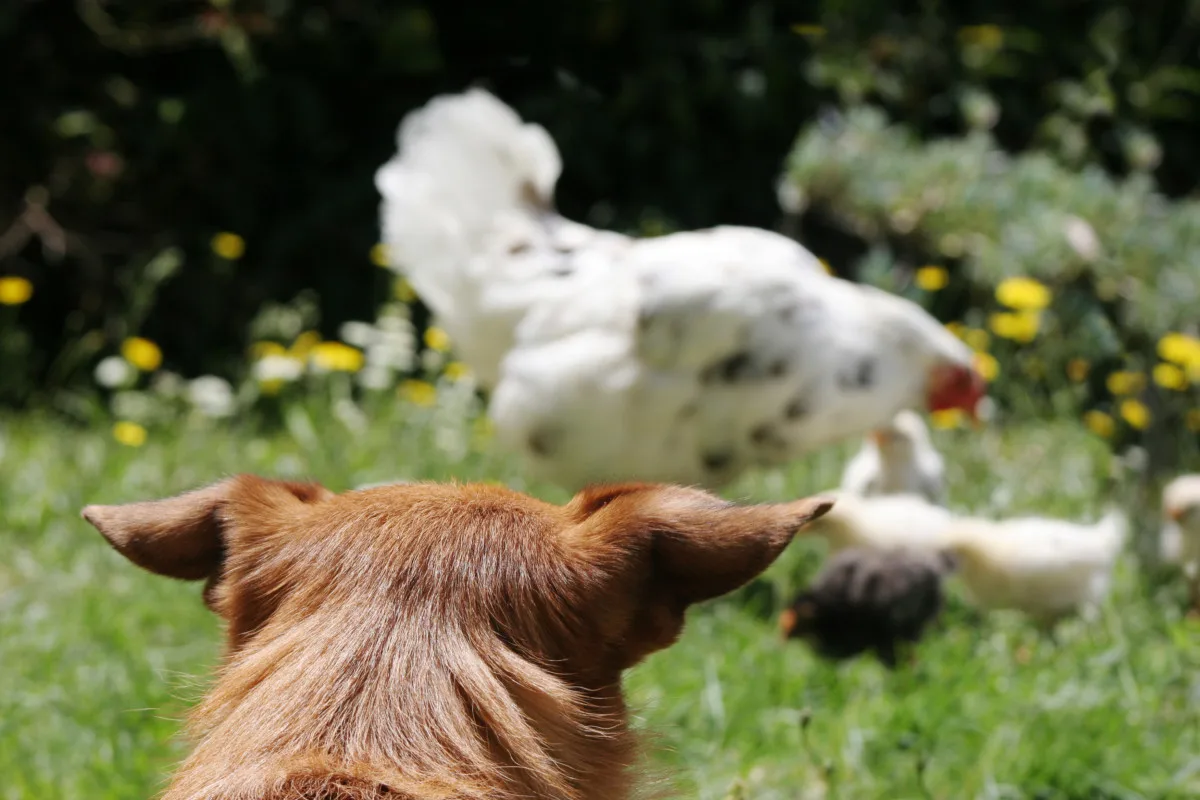
If you free-range your chickens regularly, there are some great reasons to teach them to come when they’re called:
- To make it easier to catch and isolate a single bird.
- You may have to go away unexpectedly and need to put the girls back in the run.
- There is a predator nearby – a hawk, the neighbor’s dog, a bear, etc.
- Family and friends may come to call who want to see your flock.
- The flock may have wandered too far away or somewhere they aren’t supposed to be.
Having the ability to recall your birds makes for a safer flock and makes you a better chicken owner.
This is especially true if you have neighbors. Too often, poor owners let their birds wander and become a nuisance to neighbors nearby. This affects all of us, as it makes the chicken-owning community look bad.
At a time when many chicken enthusiasts are working to change outdated laws where they live, so more people can have a backyard flock, we all need to do our part to make the chicken-owning community a responsible one.
And the best part is it usually only takes a week to do, so let’s get started.
Food = Smart Chickens
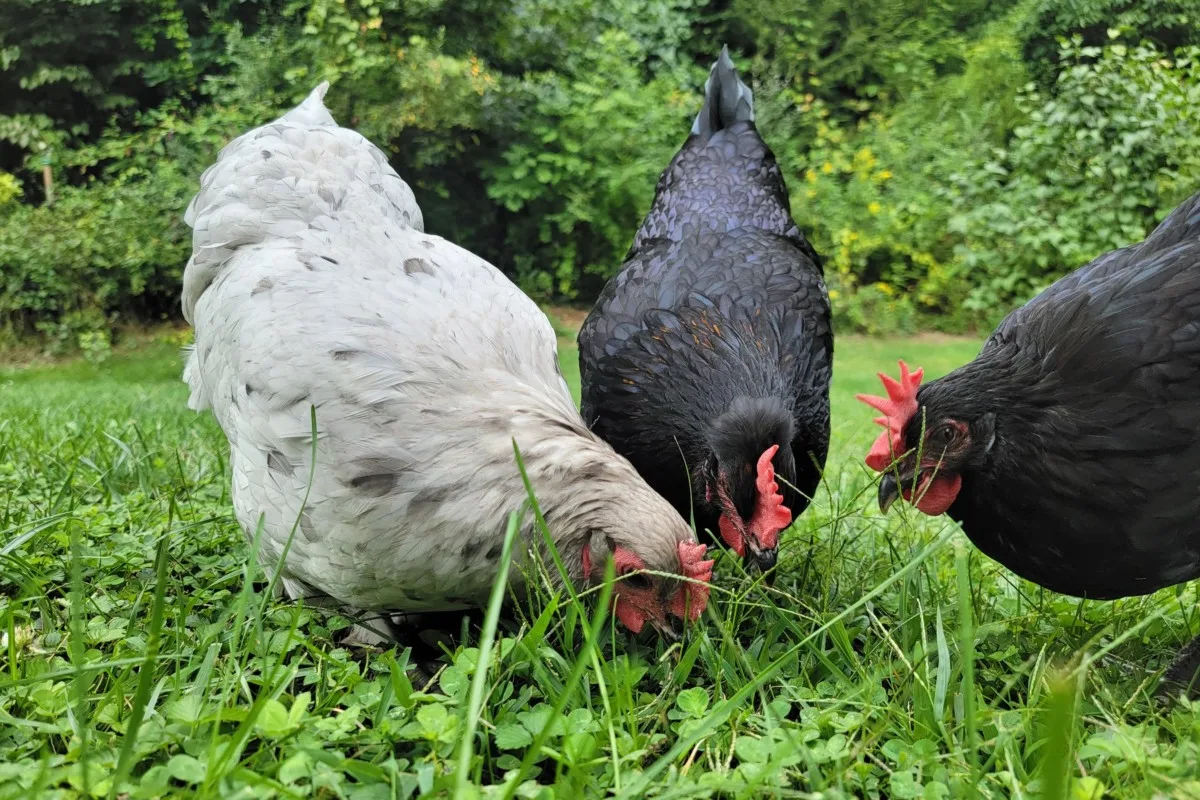
Let’s face it, they’re highly entertaining, but our beloved birds aren’t always the smartest animals. You’re probably wondering how you’ll teach that one hen who took thirty minutes to figure out how to use the ramp into the chicken coop to come when called.
Easy. Food.
No, they’re not altogether bright, but chickens are ridiculously food-motivated. They’re especially ecstatic over black soldier fly larvae. Nothing makes our girls happier. We prefer the Grub Terra Dried Black Soldier Fly Larvae because they’re high-quality and produced in the US and Canada.
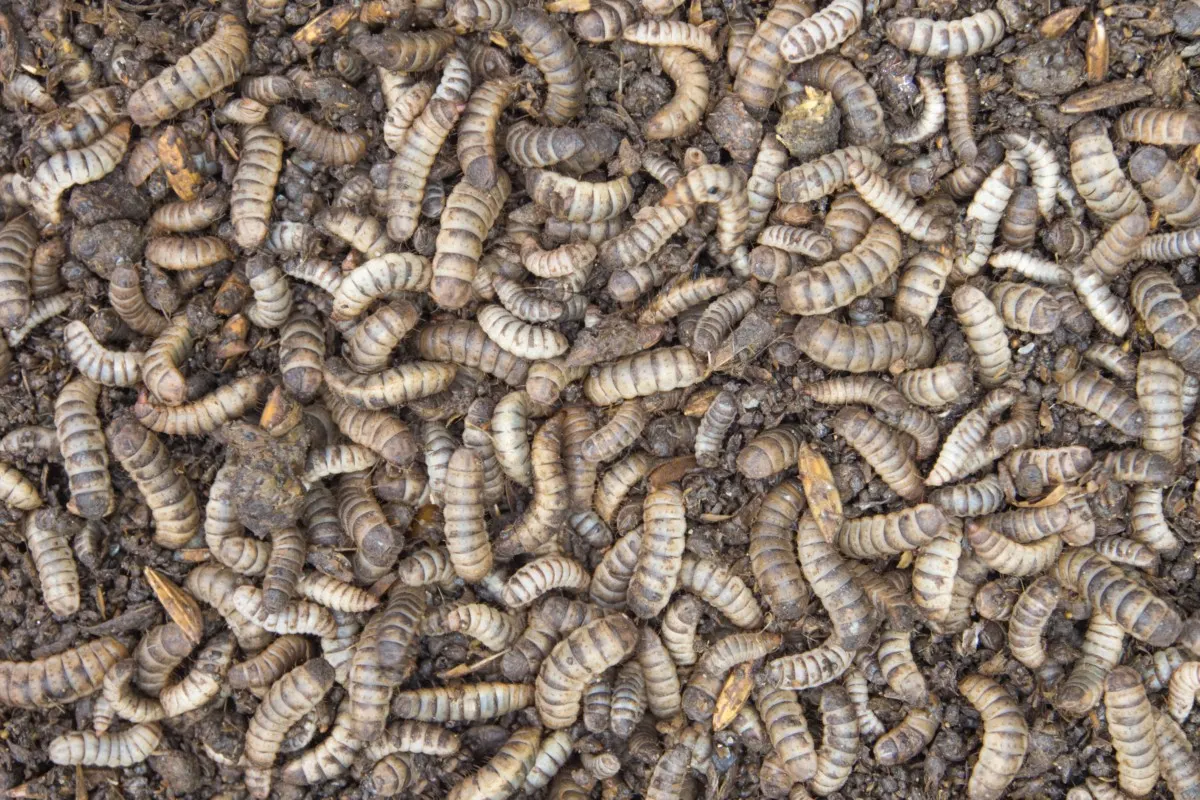
Why BSFL?
On top of being the perfect training tool, black soldier fly larvae are good for your birds. The larvae are naturally high in calcium, more so than mealworm larvae. If you add BSFL to your birds’ diet, you don’t need to worry about supplementing with oyster shells. BSFL makes for nice, hard eggshells.
You can even set up a black soldier fly composting system and have all the fresh larvae your birds could ever want. Although I should warn you, it’s not for the faint of heart. It can be pretty gross.
You don’t have to use black soldier fly larvae, but you do need to use a treat that your girls never stick their noses (er, beaks?) up at. It has to be something they consistently lose their minds over when you break out the treat bag.
Pavlov’s Bell Is Our Coffee Can
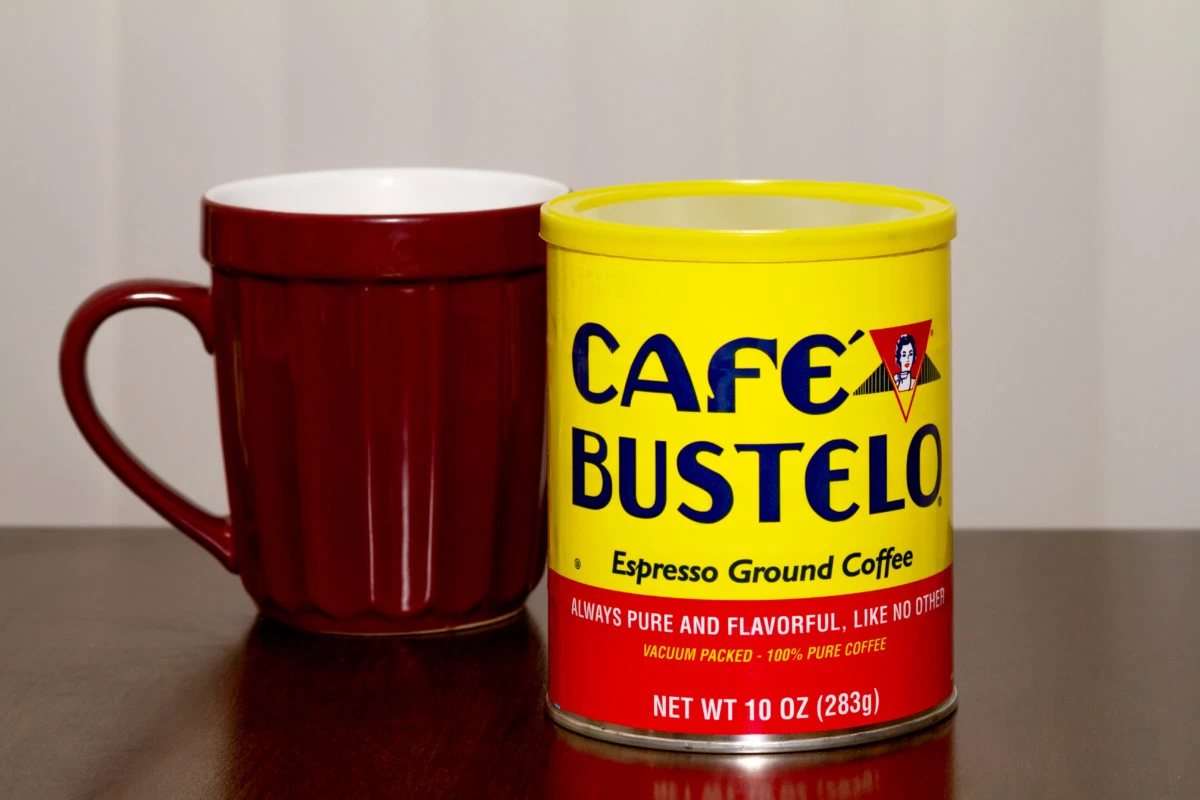
In addition to a treat your birds can’t pass up, you will also need a metal coffee can with a lid and about six to ten pennies inside it.
You may already notice that your birds are good at sussing out when you’ve got their favorite snack. They may see you walking to where it’s kept, or they may be nearby and hear the familiar crinkle of the bag. However, we need to make sure they respond when they can’t see you or aren’t near enough to hear a bag being opened.
A metal coffee can with a few pennies is the perfect Pavlovian bell.
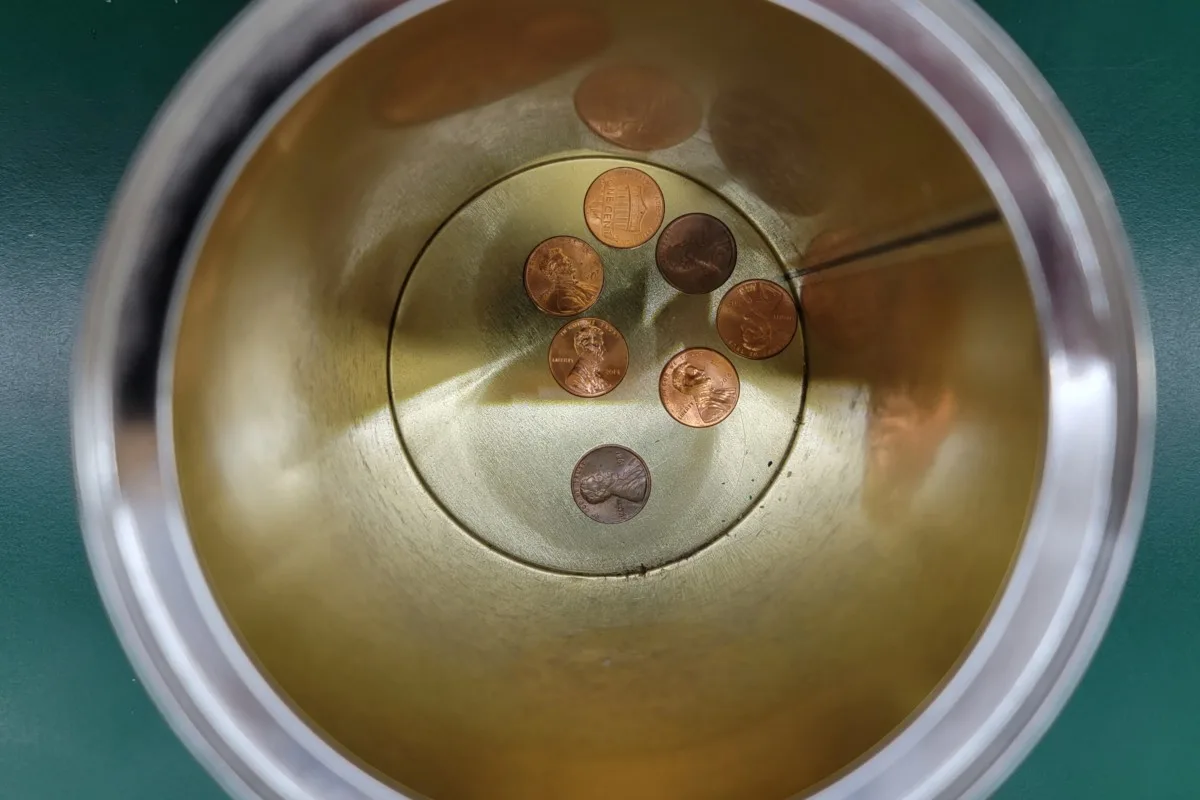
The sound it makes when shaken carries well and is distinct enough not to be mistaken for some similar recurring or ambient noise on your property. In effect, this crazy jangling will become your chickens’ favorite sound.
Now that we have the tools let’s teach some birds.
The Process
We’re basically doing what Pavlov did with his dogs; we’re going to condition our birds to respond to a specific sound. The entire process takes roughly a week, but you may be surprised to find your birds have it figured out within a couple of days.
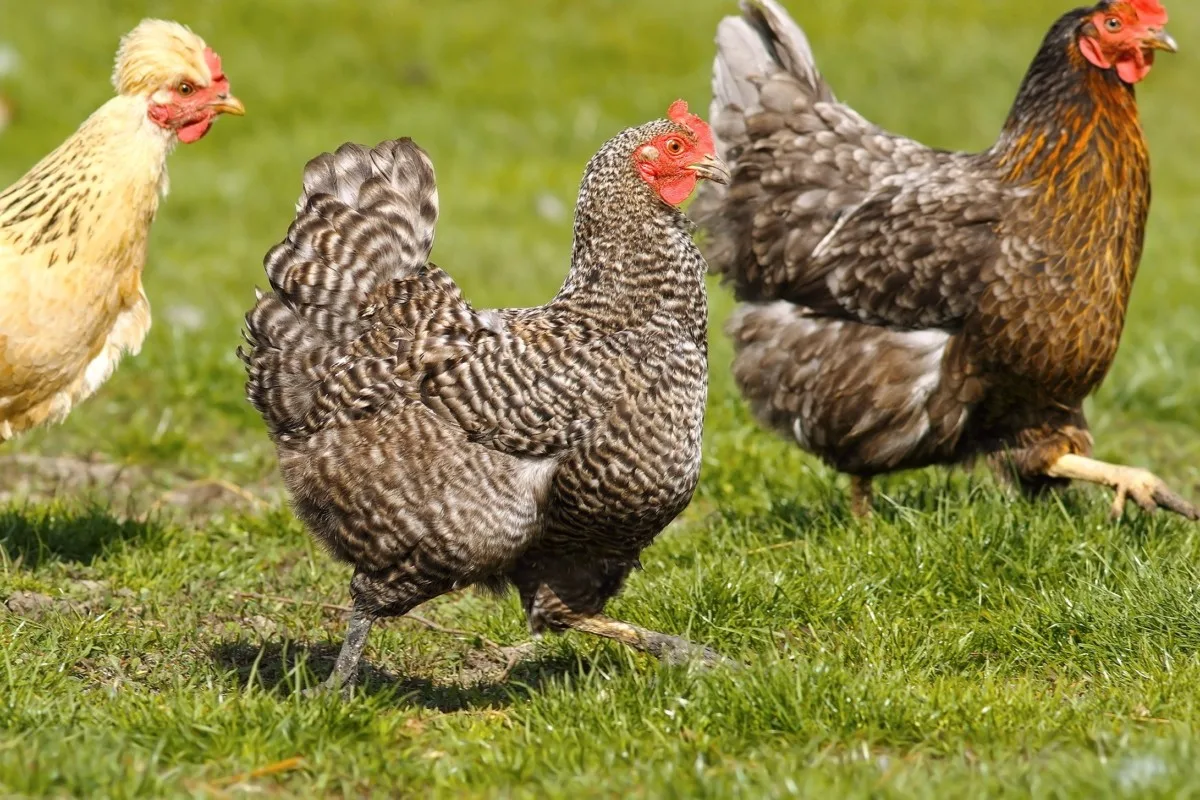
Step 1
At this point, we just want to start getting your flock to associate the sound of the coffee can jingling with their favorite snack. So, pick a time when the girls are nearby, or even better, do this in the run while the girls are still inside.
Dole out some of the larvae, and while the girls are eating it, shake the coffee can full of pennies. I found it best to shake the can behind my back as it muffles the sound a little and keeps everyone from freaking out over the new noise. Shake the coffee can continuously while they eat for a good thirty seconds to a minute.
Do this in the morning and again in the afternoon for two days. By day three, we can start “ringing the dinner bell,” so to speak.
Step 2
On day three, begin jingling the coffee can with the BSFL ready to go. Be sure to do Step 2 while your flock is out of sight as often as possible. Your flock should come running. If not, continue Step 1 for another day or two and then try again.
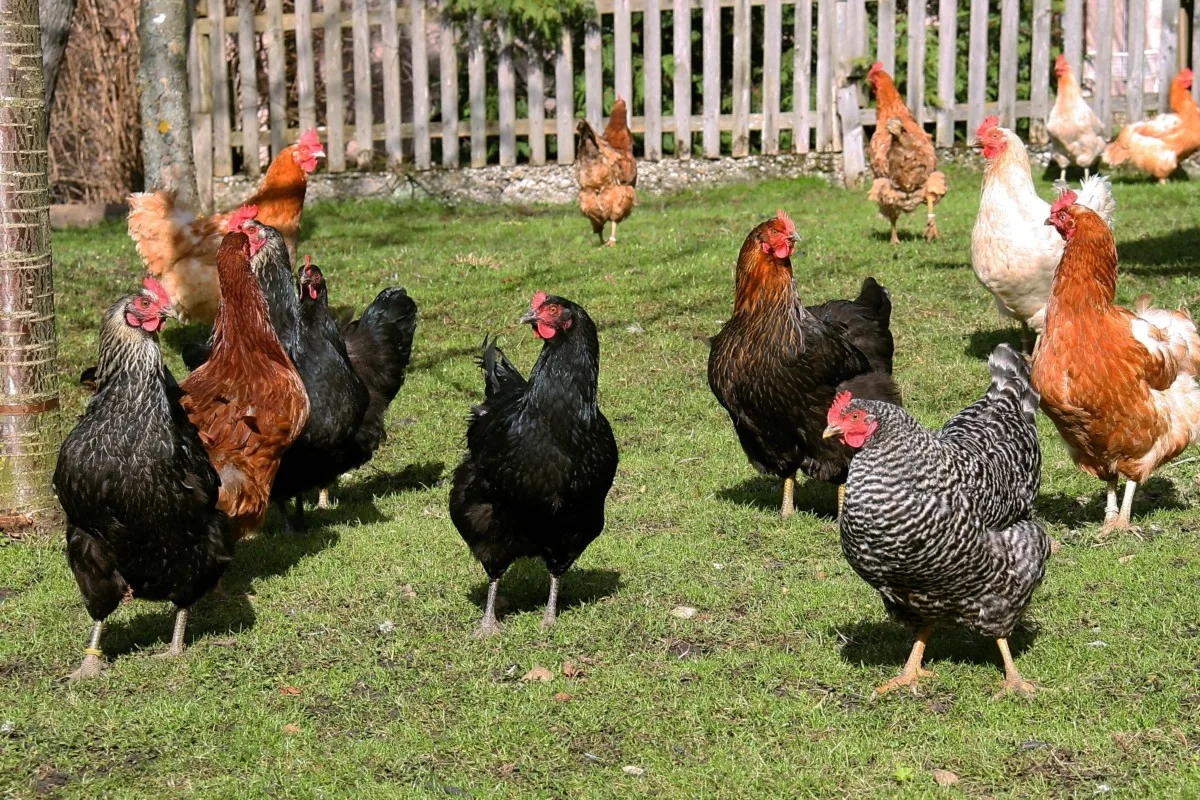
This works best if you can have the treat ready to go without the chickens knowing. I kept our bag of black soldier fly larvae in the house next to the coffee can while we were training, so the girls didn’t see me walking to the shop where their food and treats are kept.
You may be surprised to find your birds have already figured out the connection between the jangling coffee can and their favorite food.
That’s great! Now we want to ensure it’s permanently engrained, so keep doling out treats once or twice a day after the girls come running at the sound of the coffee can.
Once they consistently come on command, you can make it a point only to shake the can while you’re standing in the run to get them to come directly inside (a good safety measure) for treats. Or you can jingle the can and lead them into the run once they come to you before doling out treats. Whichever process you feel will work best for you and your birds.
Step 3
It’s important to make sure your birds don’t forget their training, so try to recall them with the coffee can and treats at least once a week.
Don’t worry about training any new additions to the flock. They will learn quickly from the other girls what that funny clinking sound means.
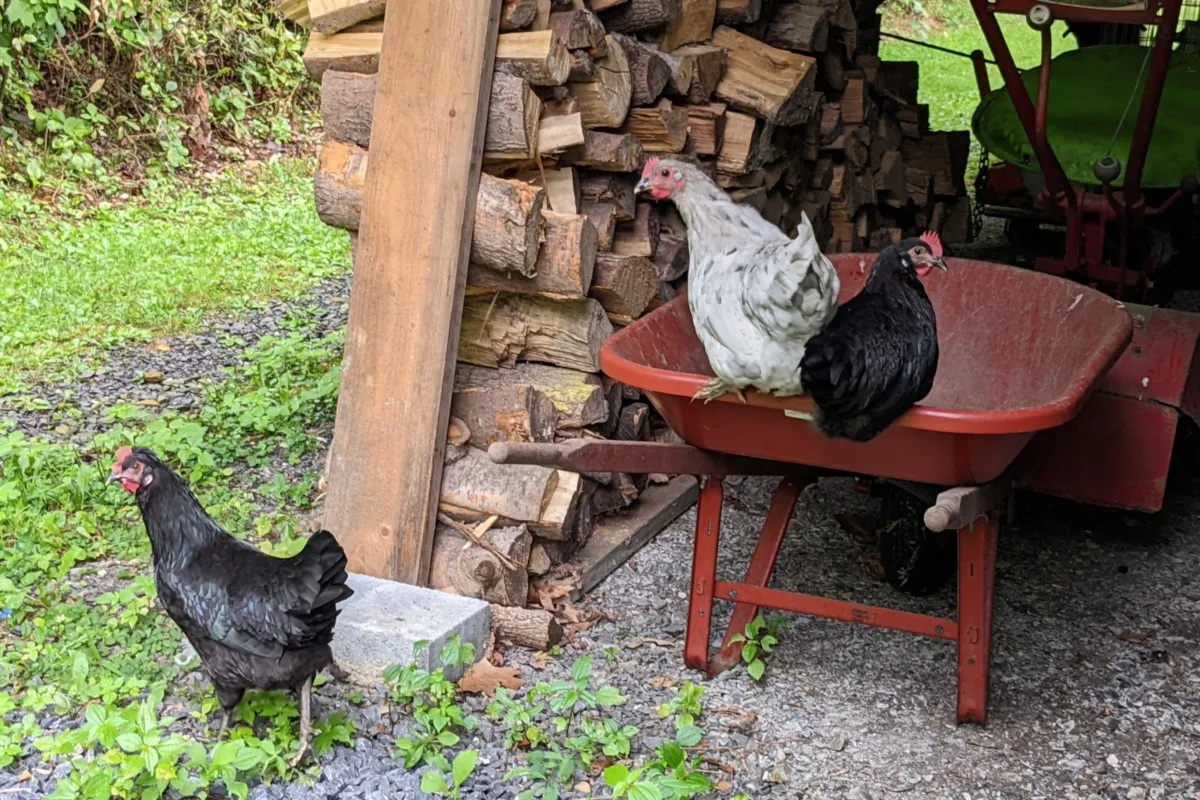
That’s it! Training your flock to come when they’re called is pretty easy and benefits both you and your birds. Now, if only we could figure out how to train them to do the dishes.

Get the famous Rural Sprout newsletter delivered to your inbox.
Including Sunday musings from our editor, Tracey, as well as “What’s Up Wednesday” our roundup of what’s in season and new article updates and alerts.

